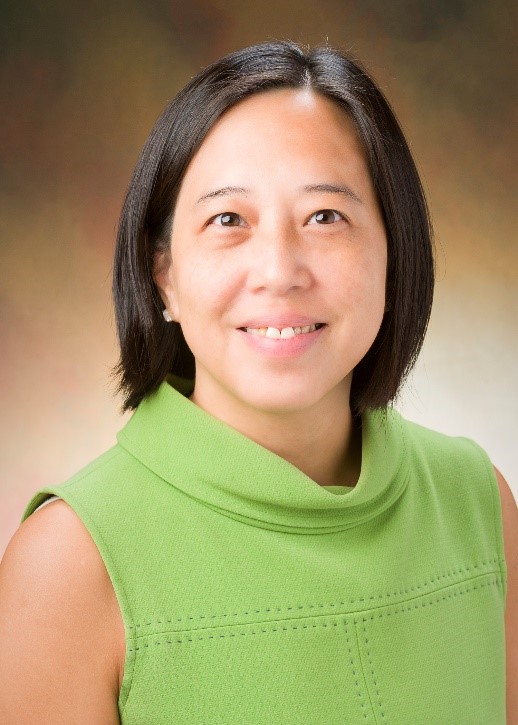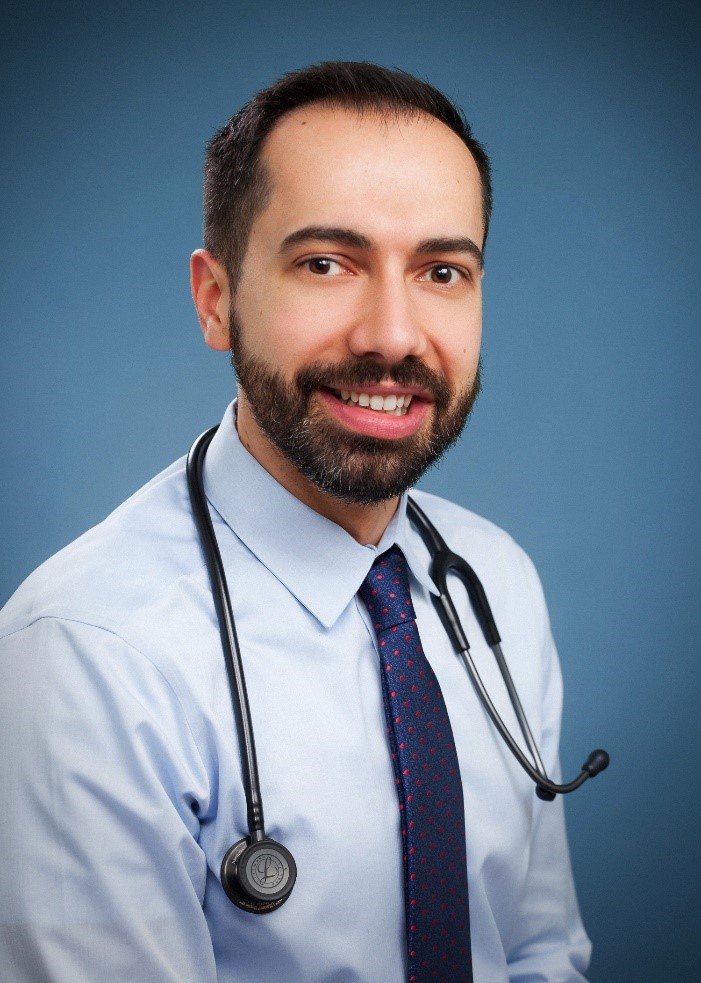Head and Shoulders Above 20th Century Practices

Christina L. Master, MD, FAAP, CAQSM, FACSM, FAMSSM
August 24, 2023

Francisco Silva, MD, MPH, FAAP
August 24, 2023
As pediatricians who treat a lot of student athletes, we’ve both seen our fair share of concussions. Consider this real-life example that happened to one of us: a 16-year-old girl walked into the office after a head-to-head collision with a teammate in lacrosse practice. Her symptoms immediately after the injury included a headache, dizziness, and visual problems. She let her coach know right after the incident. The coach pulled her out of practice and sent her to be evaluated by the high school certified athletic trainer who performed a standardized assessment. The trainer referred her to the doctor, concerned she might have had a concussion. Upon diagnosing just that, the doctor provided the teen and her family with guidance on initial concussion management. This guidance included limiting risk activities and modifying school and other physical activities for the first few days, followed by a gradual increase in activities, with pacing breaks as needed. The doctor also recommended academic adjustments and supports, including a reduction in workload and extra time to complete tasks. With this guidance tailored to her personal situation, she was able to manage her concussion symptoms during recovery and get back to her activities within two weeks.
We are both proud to say this true story illustrates the sea change in concussion identification and management. There has been a fundamental change in culture surrounding concussion in the 20 years since the CDC began the HEADS UP Campaign. Gone are the days when kids are sent back into the game to just “shake it off” if they get their bell rung. Concussions often went unrecognized and, consequently, children were unsupported as they tried to navigate on their own a sometimes-complicated recovery from a concussion. The HEADS UP Campaign played a critical role in raising awareness and providing sound evidence for parents, families, teachers, coaches, and even kids themselves to identify and report suspected concussions and seek medical care.
“…although youth should not participate in activities with a risk for head injury after sustaining a concussion, some modified cognitive and physical activity is, not only permissible, but beneficial after a concussion, if proper visual and vestibular accommodations are made and pacing breaks provided.”
Today, the phrase “when in doubt, sit them out” is commonly heard on sidelines, with the recognition that any child suspected of having a concussion should be removed from play until they can be assessed. In addition, children have been empowered to self-recognize and self-identify if there is any question of having sustained a concussion, since research shows that earlier identification and removal from play results in quicker recovery. Also gone are the days when a physician says to a concussed adolescent “I think you have a concussion, but your physical examination is normal.” We now know that visual and vestibular deficits are common after concussion and can be identified with a simple visio-vestibular screening exam. Identifying these problems after a concussion is important in informing the supports that are put into place for students in the return-to-learn plan. And although youth should not participate in activities with a risk for head injury after sustaining a concussion, some modified cognitive and physical activity is, not only permissible, but beneficial after a concussion, if proper visual and vestibular accommodations are made and pacing breaks provided.
In short, we have evolved from a culture where concussions were ignored as an injury and only managed passively by waiting for symptoms to resolve on their own, to a culture where self-identifying a concussion is viewed as admirable and courageous, and medical diagnosis and management of a concussion is proactive, not passive. This puts us in a great position to benefit from the scientific breakthroughs to come, with the development of objective diagnostic tests and targeted therapeutics for concussion, all with the goal of improving outcomes and overall well-being for our children. Happy 20th birthday, HEADS UP Campaign! We look forward to what’s ahead in the next 20.
*The views expressed in this article are those of the author, and not necessarily those of the American Academy of Pediatrics.
About the Author
Christina L. Master, MD, FAAP, CAQSM, FACSM, FAMSSM
Professor of Pediatrics
University of Pennsylvania Perelman School of Medicine
Co-Director, Minds Matter Concussion Program
Pediatric and Adolescent Sports Medicine, Division of Pediatric Orthopedics
Attending Physician, Care Network - Karabots Center
The Children's Hospital of Philadelphia
Francisco Silva, MD, MPH, FAAP
Clinical Assistant Professor of Pediatrics, Sidney Kimmel Medical College- Thomas Jefferson University, Philadelphia, PA
Attending Physician at Goryeb Children's Hospital
Pediatrician at Advocare Summit Pediatrics, Summit, NJ